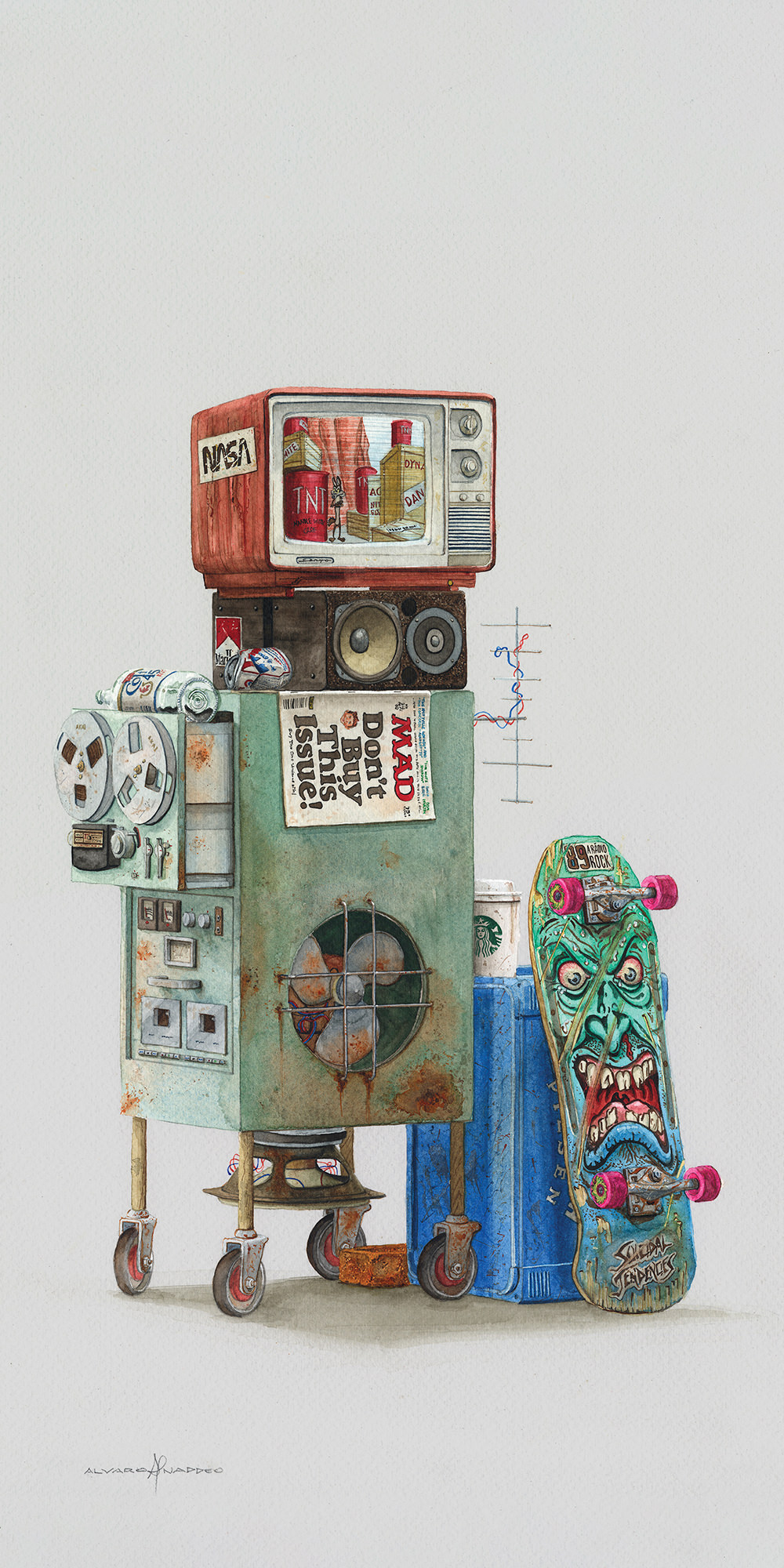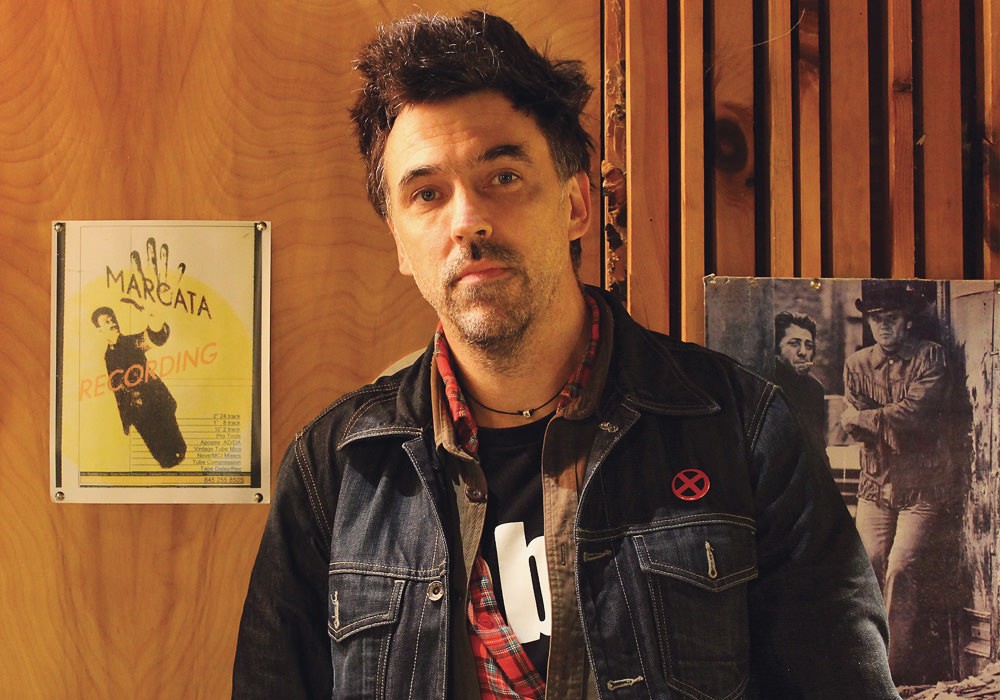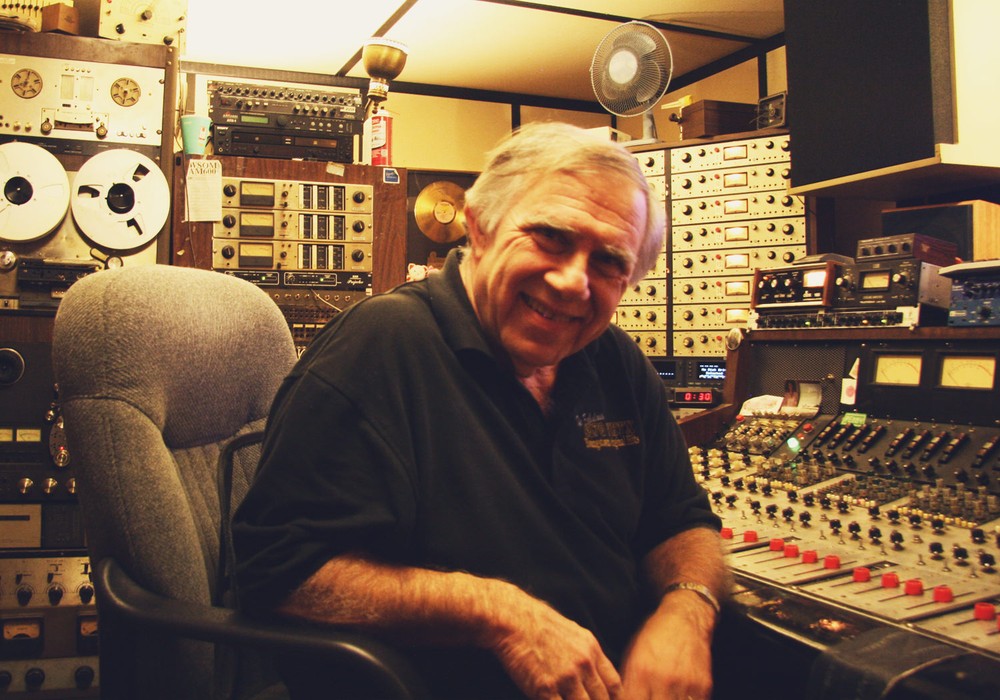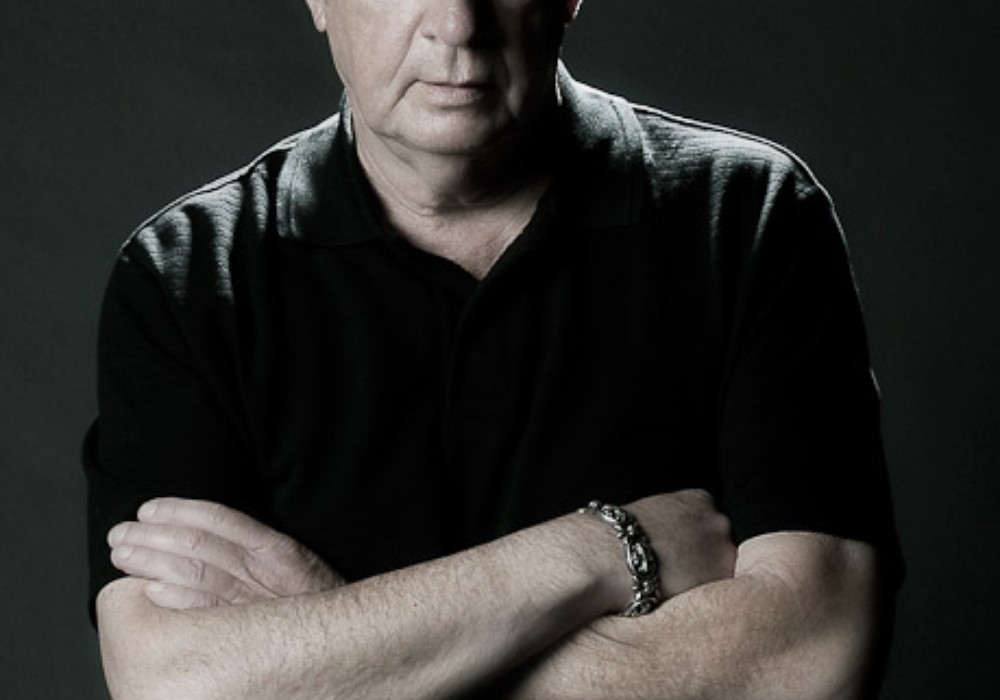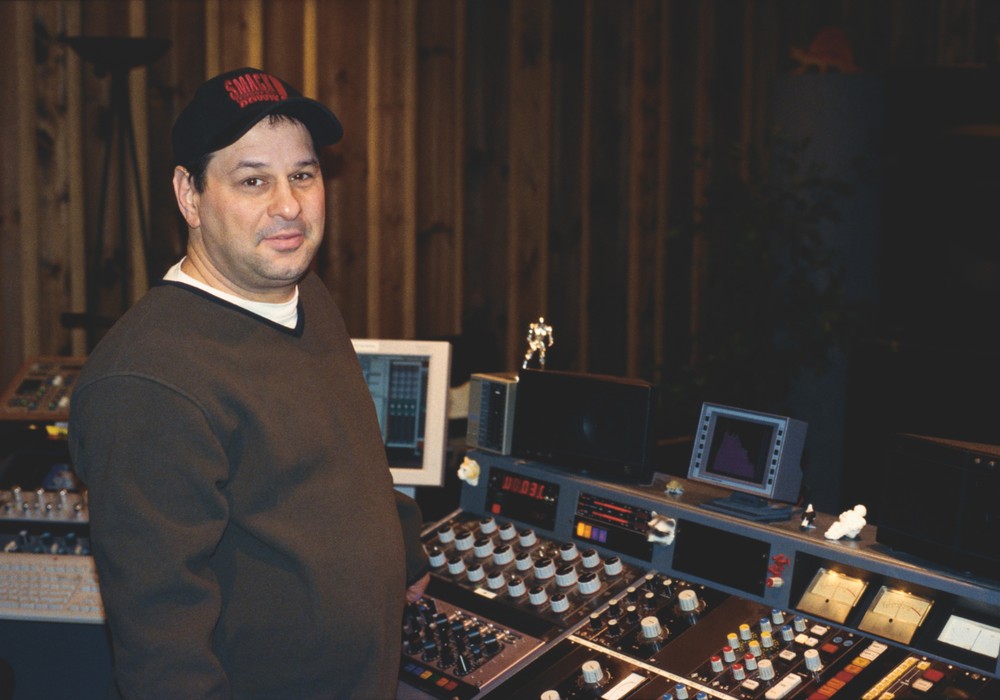
Making his splash with his debut solo album, Big Inner, in 2012, Matthew E. White soon became in demand as a producer. As a co-owner and founder of Spacebomb, a label/studio/aesthetic concept out of Richmond, Virginia, he’s gathered people around him, like the brilliant arranger Trey Pollard and the fine-tuned Spacebomb House Band players, in order to bring the music to life. With his new album K Bay just released, Matthew and I caught up on Zoom for a little history and philosophy of recording.
It’s good to finally meet!
Yeah, it’s an honor, man! I’m a huge fan of the publication.
We’ve been hanging in there. You’ve been hanging in there.
Yeah. What a year.
You probably had a lot of shows and projects that were scheduled?
Yeah, yeah. I got lucky. I did have all that scheduled, but I also had a child in the beginning of March 2020. It was an odd time to have a kid, but, at the same time, it was a little bit of a blessing in disguise. I got to hang out with my baby for a year, which was nice.
You’ve got a new album out, K Bay. I understand you had a new process of trying different takes of songs?
Yeah. I recorded two versions of every song. One was more “normal” drums, bass, guitar, piano, and whatever. Standard instrumentation for the main vocals to be sung over. Then I did another version that was a distilled composition, like guided improvisation, that was based around certain pillars of the song, whether it was harmonic material or a rhythmic ostinato like a bass line. Sometimes it was just pure colors. All the sounds would be exactly the same, and the sound design would be similar. I tried to get at some of the essence of the song that wasn’t the lyrics and wasn’t the form. I sort of based this on [producer] Teo Macero and Miles [Davis’] work with Bitches Brew and On the Corner.
Cool.
I did it to the same BPM, creating different textures for me to sample from, cut in, and use in different ways. Part of that process was connecting different interests for me, both as a composer and a producer. A lot of my background is in the history of production outside of song-based production, as well as the history of composition outside of songs. I was trying to find a way to use that interest and use some of that skillset to intersect with more song-based music; to try to connect those dots for me. Then it was also to get out of the box of bringing up the song and getting from A to Z. I enjoy that process, but this was a way for me to try to use my full width of interests and skillsets, and to get something a little bit more unique to me.
A lot of your music and your productions involve performing in a room and focusing on arrangements. Do you need to expand, open up, and think of other ways in order to keep working?
So much about this record was maxing out the “house band” process. There were a lot of days in the studio circling that concept in a lot of different ways, from working really fast to taking a long time. I feel like it’s not the end of the road, but from the development as a beginner – on the first song-based records that I did – it’s like some records need to take a long time and need to be teased out. Then some records you need to make in a week.
Yeah, totally.
This record felt like it was an end to a lot of this work I’ve been doing with these guys for the past ten years. Knowing how to use their different instrumental personalities and what they’re good at to get new ways to approach that “house band” concept that we’ve been working on for a long time. The uniqueness of that is all the water under the bridge. That is important. I feel I would be doing myself a disservice if I moved on from that. The fact that I have been making music in a studio setting with those guys for ten plus years at this point, there’s a built-in language that we can get to. They trust me, and I trust them. There’s a lot more experimenting that I can do now that I couldn’t have done ten years ago, because we have a bigger studio vocabulary to pull from.
The path that you took is so similar to what was going on at Stax, Muscle Shoals, Motown, Royal, and a...
The rest of this article is only available with a Basic or Premium subscription, or by purchasing back issue #145. For an upcoming year's free subscription, and our current issue on PDF...
Or Learn More
